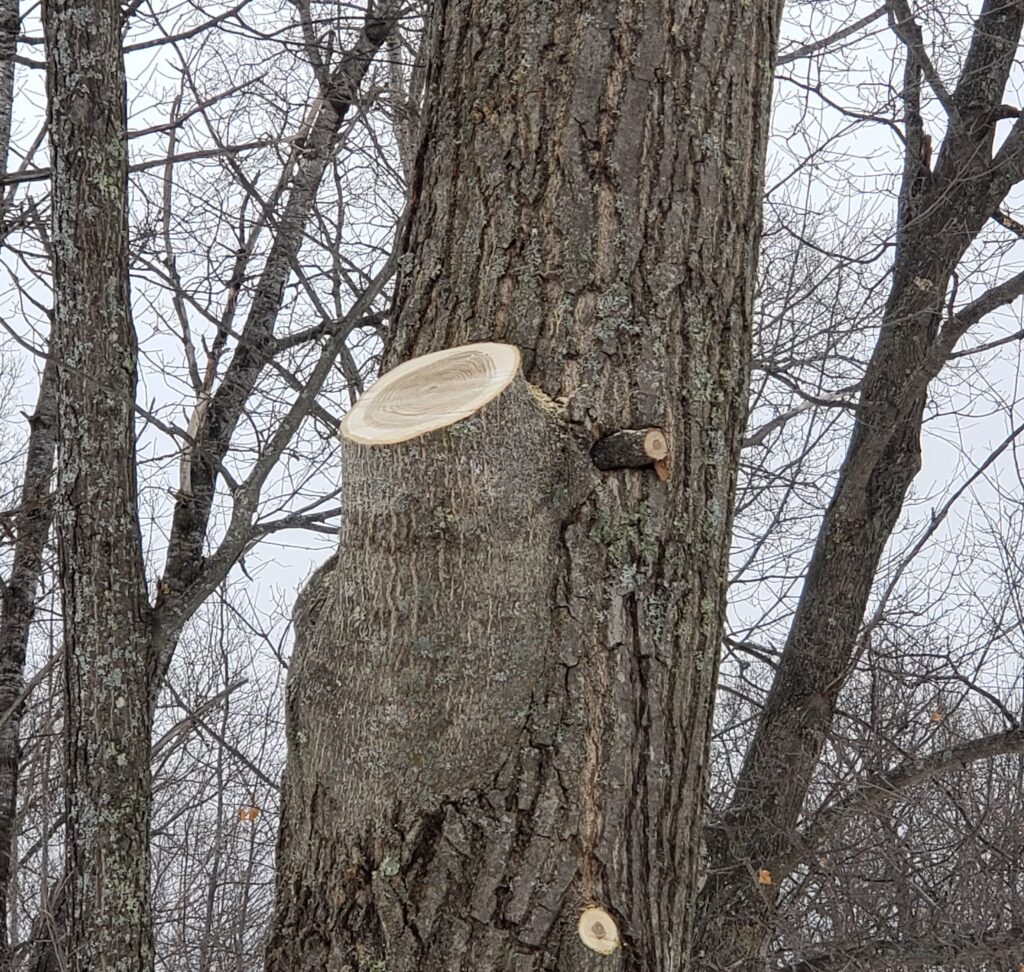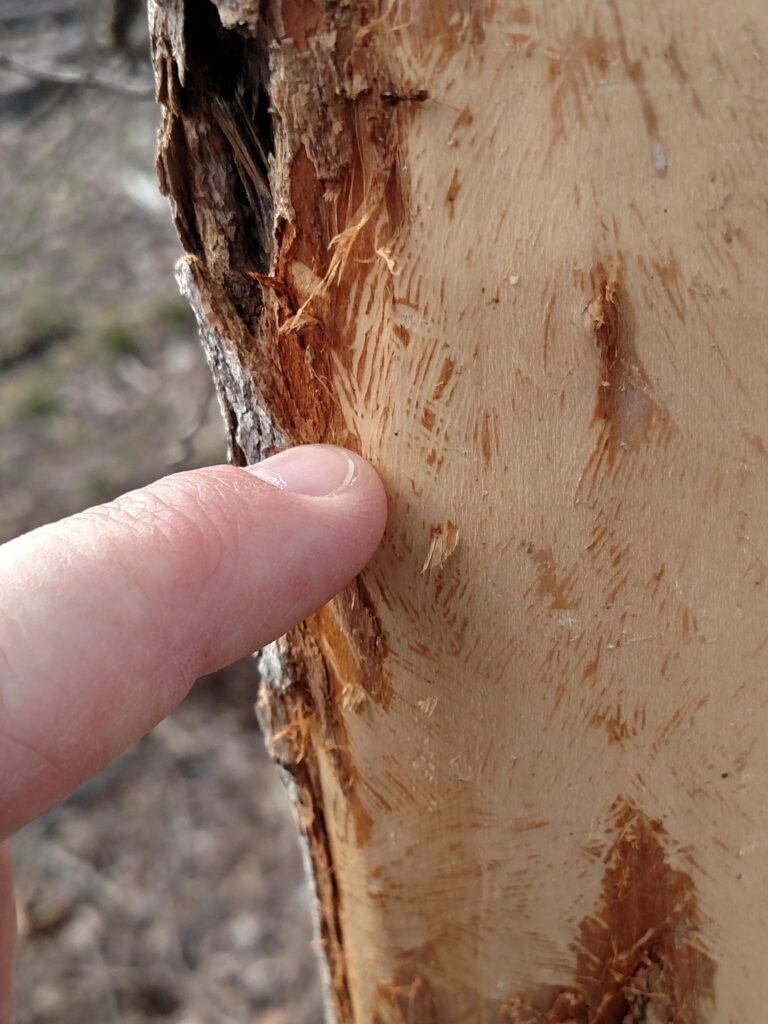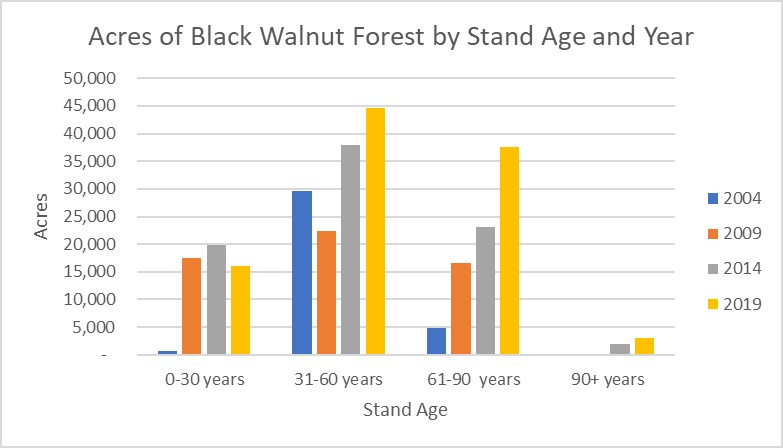By Scott Lyon, DNR Forest Products Specialist, Green Bay
Conservation partners, including Ducks Unlimited, Wisconsin DNR, U.S. Fish and Wildlife Service, City of Green Bay and UW-Green Bay, worked together to construct a woody breakwater to restore and enhance wetlands for wildlife and more.
The project took place in fall 2021 at the mouth of Duck Creek, offshore from the Ken Euers Nature Area in Green Bay, Wisconsin. The project involved several years of planning that brought together a team of fish and wildlife biologists, wetland and aquatic plant scientists, foresters and engineers to discuss ideas and plans to restore wetland vegetation in the Duck Creek Delta.
Steve Kaufman, DNR Forester on the Oconto Falls team, and Scott Lyon, DNR Forest Products Specialist with Forest Products Services, participated in technical advisory committee meetings and assisted in connecting the project coordinators with woody materials to be used in the structure.
The resulting breakwater structures were predominantly trees rather than a traditional breakwall composed of mostly rock and is one of the first for the bay of Green Bay and the broader Great Lakes system. Continue reading “Restoring Coastal Wetlands With Low-Value Woody Material” →




 I am very pleased to announce that Brian Zweifel has accepted the statewide Forest Products Specialist position in Dodgeville. Brian’s first day was Feb. 14.
I am very pleased to announce that Brian Zweifel has accepted the statewide Forest Products Specialist position in Dodgeville. Brian’s first day was Feb. 14.